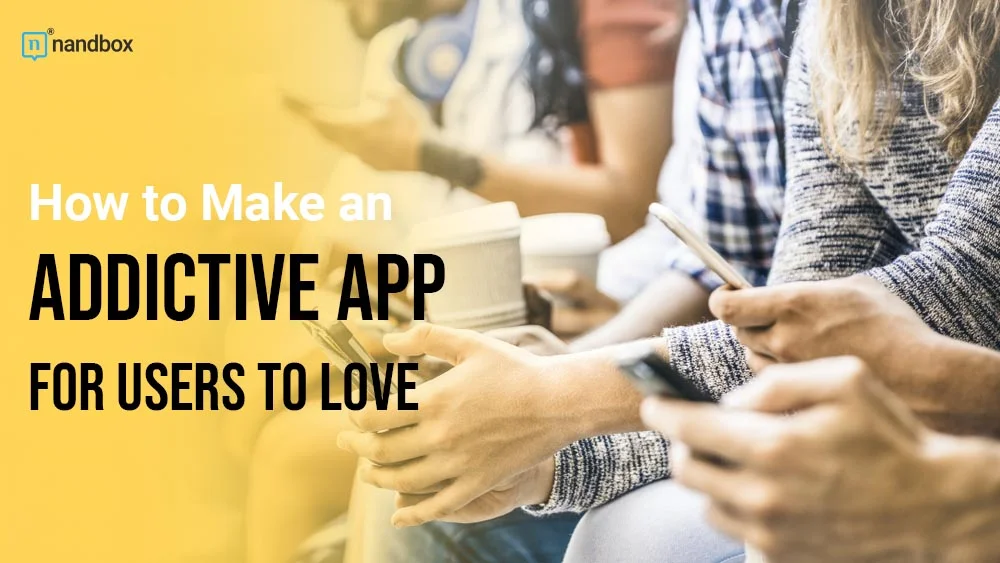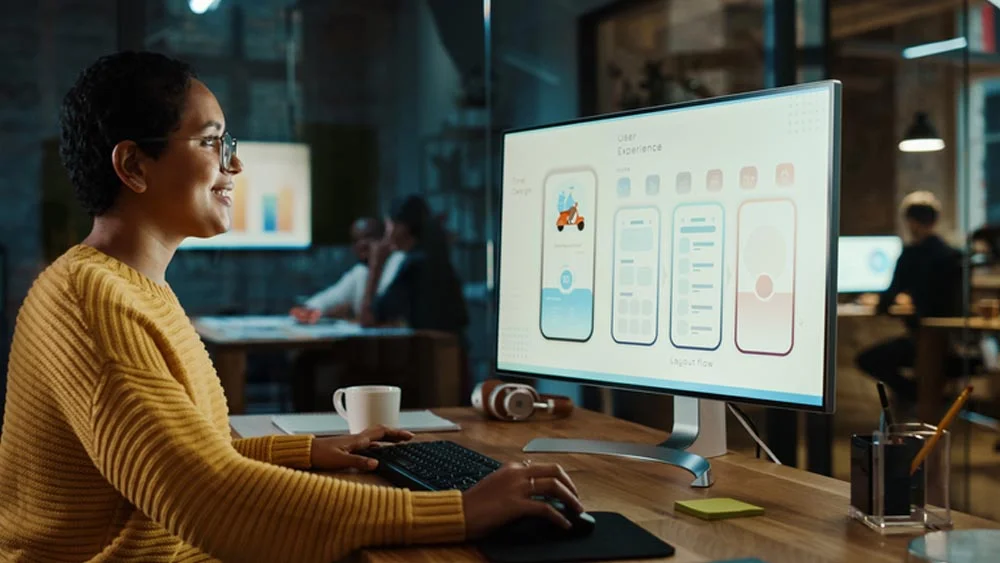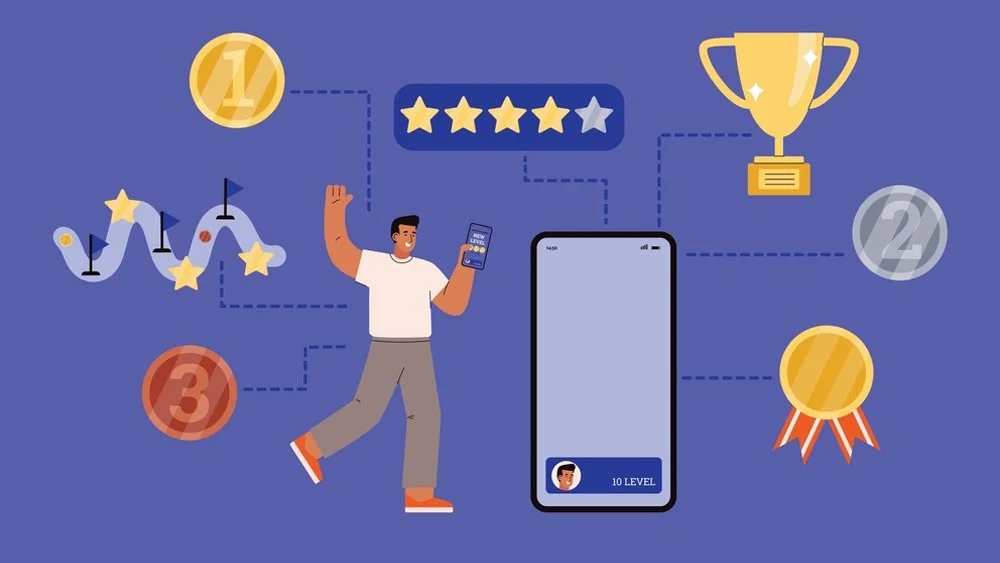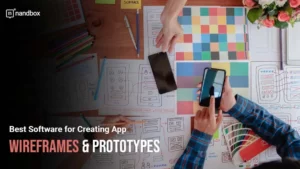How to Make an Addictive App for Users to Love
In today’s digital age, creating an app that users can’t put down is the ultimate goal for many developers. But what makes an app truly addictive? From creating a seamless user experience to incorporating social elements. Here are some secrets to making an app that users will love and keep coming back to. It is of great importance for your app to always be on demand. It is important that you create an app that people or users would gladly recommend to others.
Highly addictive apps employ a variety of strategies to keep their users interested. That is exactly what we will be discussing in this comprehensive guide. We will tell you the secrets of creating an addictive app that users won’t get enough of. This will help your app keep its maintenance rate up and become the best on the market.
Focus on User Experience.
One of the most important secrets to creating an addictive app is to focus on the user experience. This means designing an app that is easy to navigate, visually appealing, and intuitive to use. Users should be able to quickly and easily find what they are looking for. Your app should also be responsive and fast. Incorporating user feedback and testing the app with real users can also help improve the user experience. In addition to making the app more addictive.
You can actually achieve that by adding important must-have features to your app. For example, push notifications can be found in any app that you download. That is why we advise you to find the right platform to develop applications on. You can also hire a professional app developer who knows his way around the most crucial must-have features. Features that could make your app appealing to your users.
Keep it Simple and Intuitive.
One of the biggest mistakes that app developers make is trying to jam their app product with too many features. This can make consumers feel overwhelmed and make using the app challenging. Instead, concentrate on developing a user experience that is straightforward and simple to use. Use clear and concise language, and avoid cluttering the screen with too much information. Remember, the goal is to make the app as easy and enjoyable to use as possible. That is so users will keep coming back for more.
Offer Personalization and Customization.
Users love feeling like they have control over their experience. Offering personalization and customization options can make your app more addictive. This can include things. Things like: Allowing users to choose their own color scheme or font. Maybe even giving them the ability to customize their profile or settings. You can also offer personalized recommendations based on their usage history or preferences.
The more users feel like the app is tailored to their needs and preferences, the more likely they are to keep using it. One of the features that could help you offer a much more personalized user experience is integrating with chatbots. Implementing this feature in your app could help your users have a much more fun app experience. This is achievable through conversations or chats with this bot.
Use Gamification to Engage Users.
What is gamification, exactly? Gamification is the process of adding game-like elements to non-game contexts. It can be a powerful tool for engaging users. By incorporating elements like points, badges, and leaderboards. You can create a sense of competition and achievement that keeps users coming back for more. You can also use gamification to encourage users to complete certain actions or tasks within the app. Such as sharing content or inviting friends to join. Just be sure to strike a balance between fun and functionality.
Users should not feel like the game elements are getting in the way of their actual goals. One of the top apps in the market that use this method is “Duolingo” This app helps users learn a new language of their choice through a very interesting gamification method. They include several graphic elements that make the whole learning process fun and entertaining.
Provide Regular Updates and New Features.
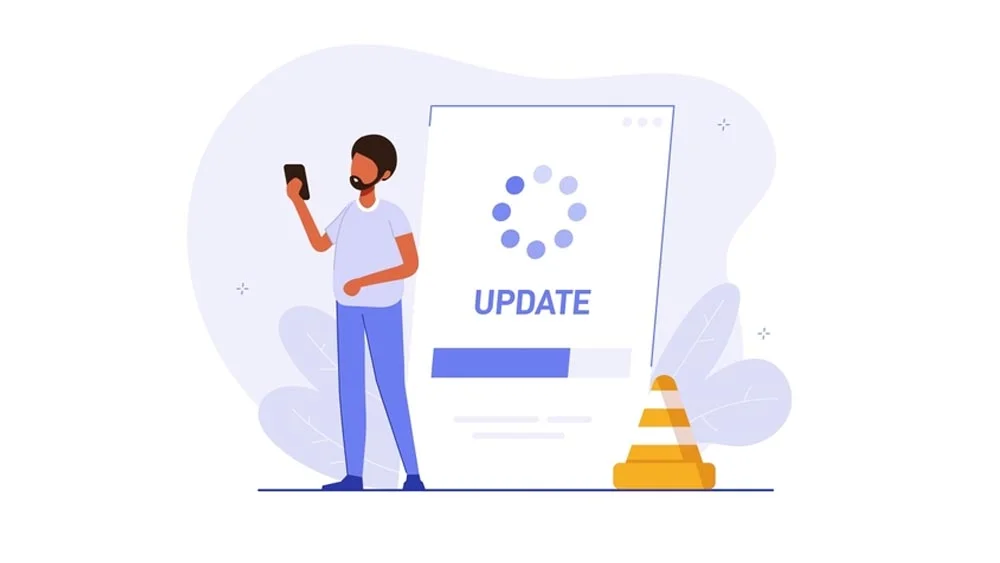
One of the best ways to keep users engaged with your app is to provide regular updates and new features. This not only shows that you are actively working to improve the app, but it also gives users something to look forward to and keeps the app feeling fresh and exciting.
Make sure to listen to user feedback and incorporate their suggestions into your updates, as this will help to build a loyal user base that feels invested in the app’s success. Additionally, consider offering exclusive features or rewards to users who have been with the app for a certain amount of time or who have completed certain actions within the app. This can help incentivize continued use and encourage users to invite their friends to join as well.
Watch Out For the FOMO Concept
Fear of missing out on something, aka FOMO, is a widely known concept. It is a significant factor in re-engaging with mobile apps. There are too many excellent examples to list them all, but the following are a handful that comes to mind right away:
- Clash of Clans: Although the game continues without you because of the need for control in human nature, you shouldn’t leave your base unattended for extended periods of time.
- Facebook: Consider what would happen if you missed an invitation to an event while also knowing what your best friend had for dinner and the weather in a city you formerly called home. It would undoubtedly be catastrophically horrible, after all.
- Snapchat: is the best FOMO game. Snapshots of your buddies that you only have a brief window of time to see Imagine what would happen if you weren’t able to see the photo of your closest friend’s dinner once again.
Use Contextual Feedback Loops
Feedback loops can be established in a variety of ways, including verbally in the case of apps that promote rivalry among users in the same area, as push alerts, through users’ social media, and within the app itself.
The content and pictures you use to indicate success are crucial to the degree of satisfaction the user experiences and, as a result, how much they seek a repeat experience. Think about how you provide positive things to a user within your app. Within the program, you can utilize a variety of loops, including those for charts or scoring screens, advertisements, graphics, and copy used within games.
Push notifications should be used with discretion. Between cool and obnoxious, there’s a thin line. Personally, I believe that contextual feedback that makes use of social media or face-to-face input is at its highest level. Consider training apps. They frequently do a terrific job of designing stunning screens that summarize your accomplishments and make it quite simple for you to post that information to your social media accounts. I must admit that if I start working out, I will definitely spread the word widely about it!
The Structure of an Addictive App
There is a certain chain of factors that help an app product stay as active and maintained as it is from the moment it is launched to the moment that it is considered a universal app on whichever store you’ll have it on. Here are the main four factors that help keep your app on top:
The Trigger Strategy
The strategy you utilize to entice consumers to your app, whether it is internal or external, is called the trigger. While internal triggers are psychological and abstract, producing emotional responses like a fear of missing out or the desire to avoid frustrating situations like stepping into a physical store, external triggers, like push notifications, originate from within the app and encourage user action.
For instance, Runkeeper notifies a user via push notification exactly one week after the user has finished an exercise, saying, “Let’s work out! Remember when you thought this was the ideal time? It reminds users of the ideal time to return to the app because it is contextually relevant to their weekly schedules. App developers can nudge users to indulge their addictions through triggers. But keep in mind that receiving too many notifications might be annoying and overwhelming.
The Action Strategy
When a customer responds to a trigger, you expect or want them to take action. Designers should take into account users’ mental states after responding to the trigger in order to elicit the appropriate action. Ask yourself some questions: What drives them? What are some of the unique events that led to their entrance?
Someone who visited your app to kill time, browse, and be entertained—rather than looking for a rapid interaction—is someone whose trigger was a dread of boredom in a doctor’s patient waiting room. On the other hand, if you check out the Starbucks app, you will find that it was designed with the intention of moving consumers through the line as quickly as possible. As a result, designers provided users with very few distractions from their coffee.
How to Make an Addictive App: The Reward System Strategy
The incentive for users to take action is the reward. It might be a funny tale to tell someone, a way to pass the time if they’re bored, a coupon they’ve unlocked, or a thing they’ve bought.
Understanding the true needs of your app’s users now is important because it will influence how you deliver their reward.
The Investment Strategy
Investment: Your app will generate a significant amount of user investment if it encourages frequent, concentrated attention. The effort spent creating a profile, sometimes with the goal of earning rewards like loyalty points, instills in users a subliminal urge to make up for lost time by using the system frequently.
The element of personalization runs through all four of these processes like a common thread. Only if they have been designed with an understanding of context will these habit-forming elements work. Every addictive component you include that helps satiate a user’s itch—and causes new itch-like sensations as well—must have continuity and a distinct, all-encompassing explanation.
It’s vital to make sure every component works together to hook users because thousands of apps are competing for the same audience using the same strategies.
Final Thoughts On How to Make an Addictive App
Some very addictive apps employ all three of these strategies, while others just employ one or two. Your industry will determine the “right” mix for your app, so don’t merely compare yourself to your rivals and adopt their engagement tactics.
We encourage every business to start creating their own app. That is why we’re presenting you with nandbox’s native no-code app builder. An app builder that will help you create an app within minutes without having to use a single line of code Create a seamless app for your users now with nandbox and deploy a list of professional features in your app.
You will also be provided with a full documentation section that will help you navigate the app builder and understand all the configuration settings. Sign up now for nandbox’s native no-code app builder and develop an app that will empower your business at a fraction of the cost.

